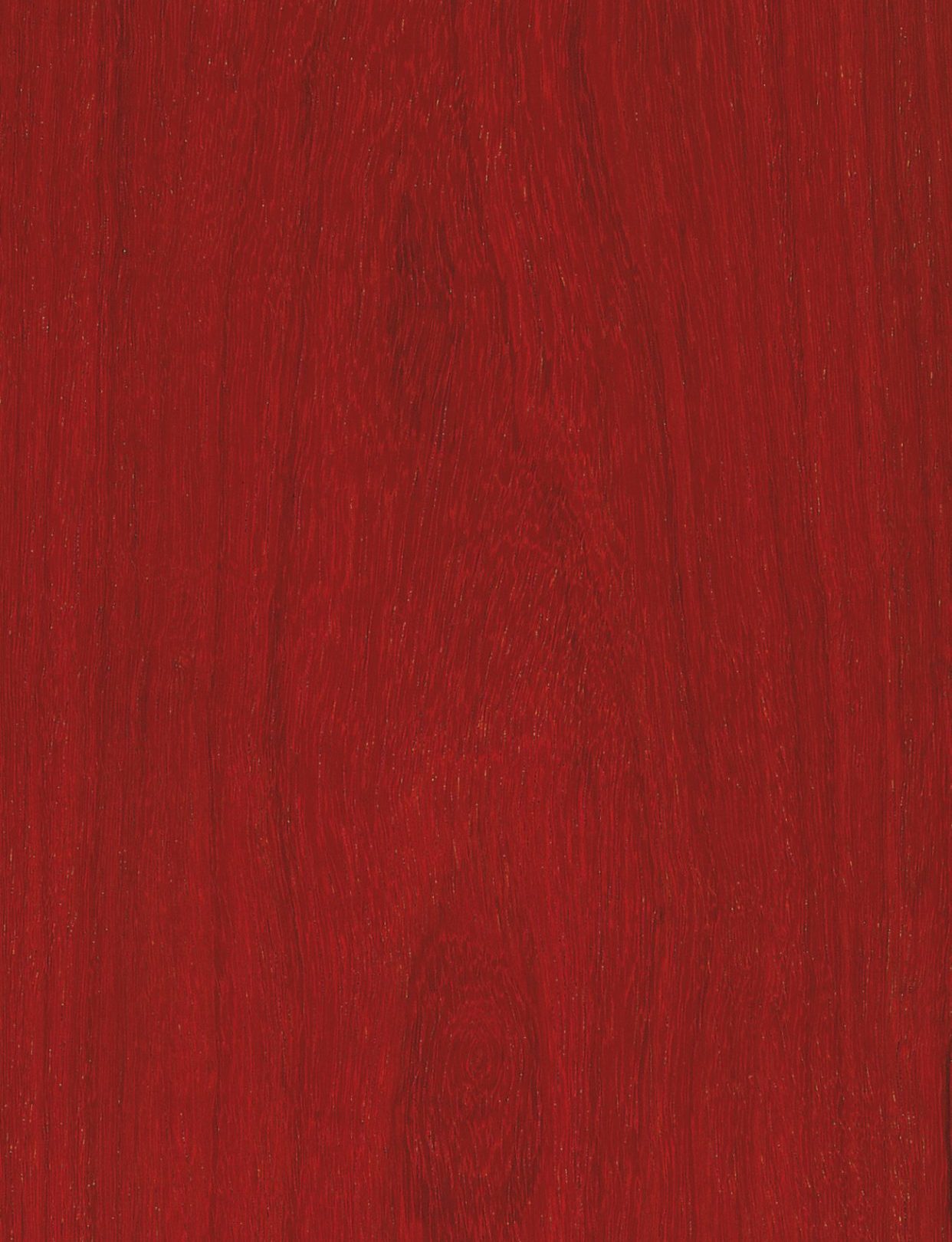
African Padouk
Pterocarpus soyauxii

Trade Names
Padouk, African Corail, African Padouk
Origin
Africa
Range
West Africa, Nigeria, Cameroon, Gabon, Congo, Zaire, Angola, lower tropical rain forests. Different from the Burma Padouk, the Asian Padouk, which is less common.
Uses
Sliced veneer, construction lumber, shape-retaining frame-work for precision instruments, etc., architectural woodwork and inlays. It is almost solely quarter cut and sliced.
Properties
The heartwood is lustrous coral-red to red-brown, even orange-brown and most decorative. The flitches call for intensive cooking and the veneers must be completely covered when stored otherwise the wood quickly darkens.
Machining
Padouk can be easily worked with both hand and machine tools. Tool blades are not dulled by crystalline deposits.
Seasoning
Low shrinkage permits tensionless drying but this must be slow and controlled.
Finishing
Due to its color and texture this species of wood is excellently suited for polishing. Ultraviolet resistant varnishes prevent the brilliant red wood from darkening down too quickly.
Jointing
Glue joints are durable. Pre-drilling screw and nail joints is of advantage.

